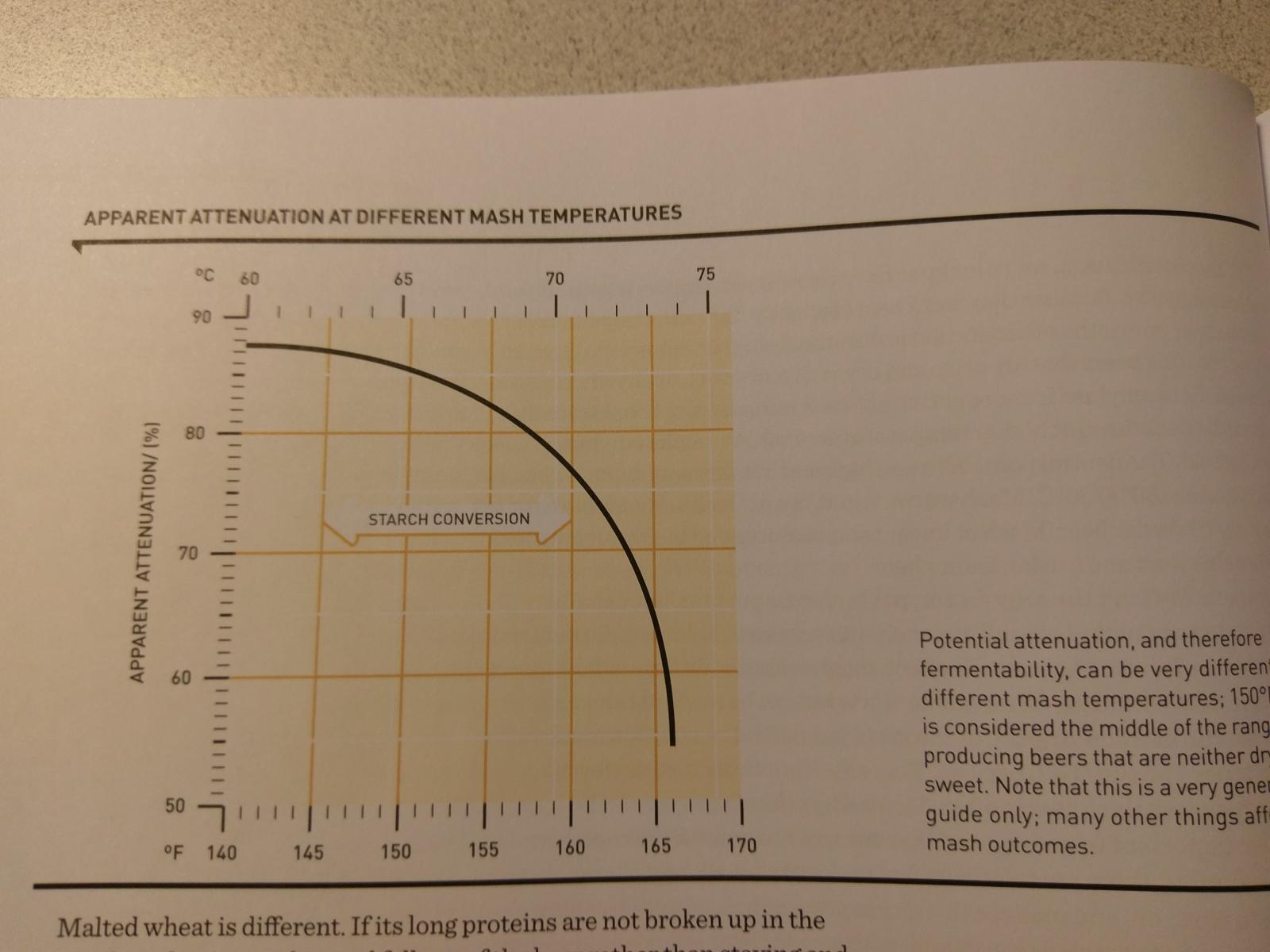cfhomebrew
Member
- Joined
- Dec 12, 2015
- Messages
- 8
- Reaction score
- 8
I do single infusion mashing in a cooler. If I mash in at 154 degrees and over the course of 60 minutes the temperature drops to 148, am I also reaping the benefits of mashing at 148, or does that conversion not happen since the mash spent time at a higher temperature?
Thanks.
Thanks.






































![Craft A Brew - Safale S-04 Dry Yeast - Fermentis - English Ale Dry Yeast - For English and American Ales and Hard Apple Ciders - Ingredients for Home Brewing - Beer Making Supplies - [1 Pack]](https://m.media-amazon.com/images/I/41fVGNh6JfL._SL500_.jpg)



















